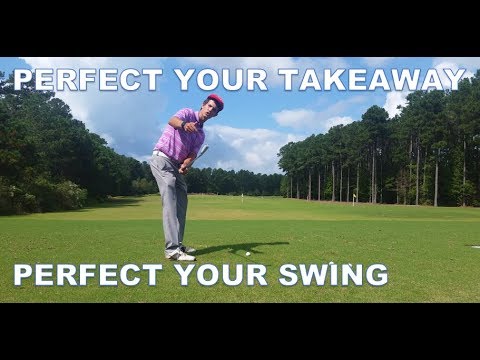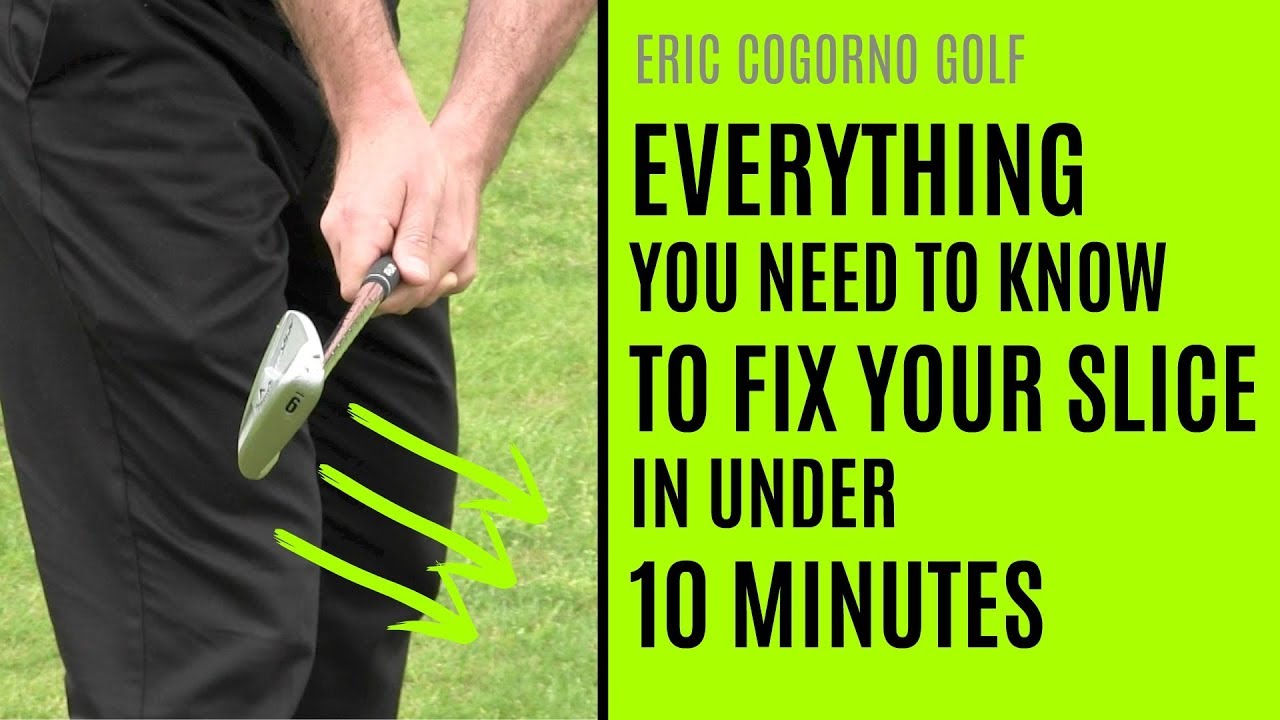I’ve for a long long time played my irons with a slightly closed club face at address…as I’ve never been good at rolling/releasing my wrists through impact…which as you can imagine, opens the club face considerably. It’s been fine on my irons (usually my strength), though I know it costs me some distance…but it’s easy to adjust dispersion and I’ve never had to think about “releasing the club”.
Now - the drawback is that it is HELL on my driver and driver swing. Always always always a weakness due to the technique flaw.
I’ve finally learned to connect my arms more to my body and overcome the dreaded OTT and have a more square or inside to out path. Now that I’m playing with a square face at address again, I need to dial in my wrist rotation and get the timing right so that I can hit a driver. I’ve noticed that I’m pulling almost everything off the tee…rotating too aggressively. I probably need to weaken my grip - since it has been ridiculously strong (to compensate for the lack of rotation) as a first step.
Any other drills or technique anyone would like to suggest to get my release/timing/roll correct?
thank you!



